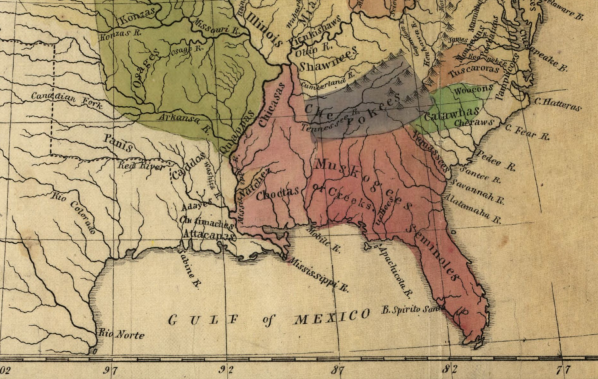On November 20, 2020 the English Department approved the following Indigenous land acknowledgement.1
Native peoples—including the ᎠᏂᏴᏫᏯ (tsa/LA/gi - Cherokee)2 and the yeh is-WAH h’reh (Catawba)—lived, hunted, and traded in this region long before the colonization of North America. The English Department recognizes the Indigenous peoples of the land now called North Carolina and acknowledges their displacement, dispossession, and continuing presence.3 Their influence echoes in the words that name the places we live and learn in: Watauga, Cherokee for “village of many springs” or “beautiful water”; Catawba, “people of the river”; and Appalachian, Muscogee for “other side of the river” or “dwelling on one side.” This statement stands as a reminder to reflect on our interconnected pasts while we contemplate our path forward and to register our gratitude and appreciation for those on whose territory, a place rich with stories, ceremony, and spiritual significance, we reside today.
Short Version
The English Department acknowledges and honors the ᎠᏂᏴᏫᏯ (Cherokee), the yeh is-WAH h’reh (Catawba), and other Indigenous peoples whose ancestral lands we occupy.
Image credit: Library of Congress "Map of the Indian tribes of North America, about 1600 A.D. along the Atlantic, & about 1800 A.D. westwardly"
See also Appalachian State University's Land Acknowledgement.
1 To learn more about what is a land acknowledgement, visit landacknowledgements.org.
2 ᎠᏂᏴᏫᏯ (Tsalagi) is pronounced like "sa-la-gee."
3 Portions of this acknowledgment are modeled on and directly cite a statement by Columbia University honoring the Lenape people.

